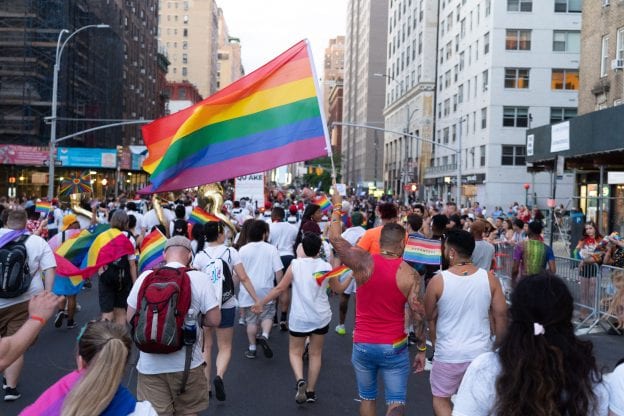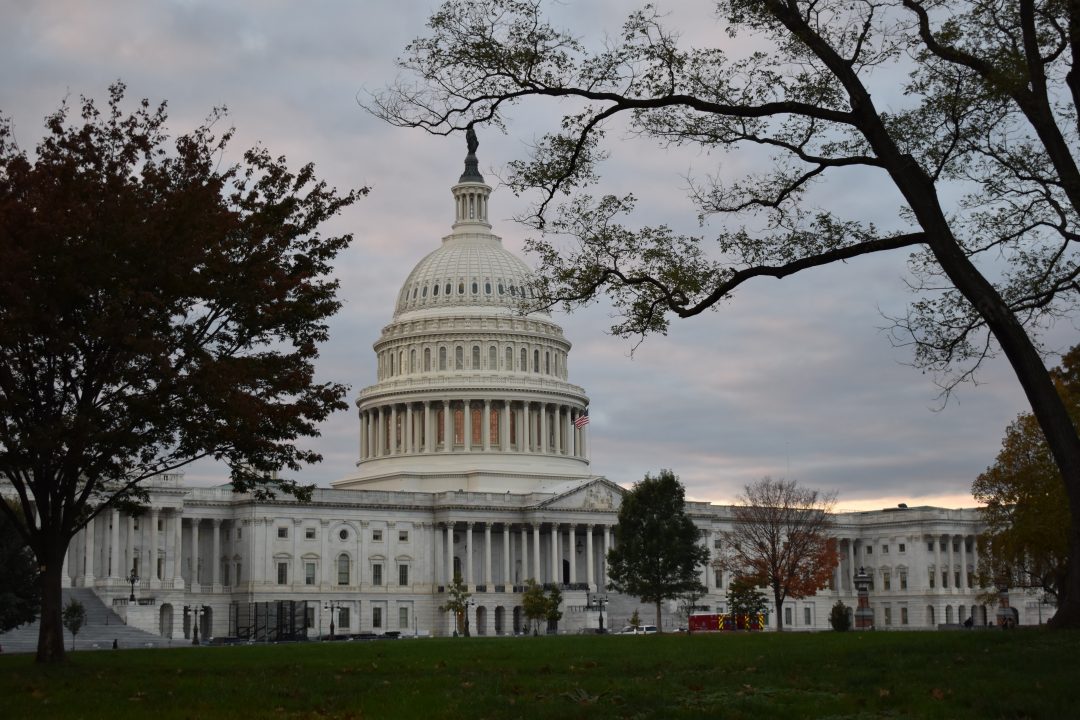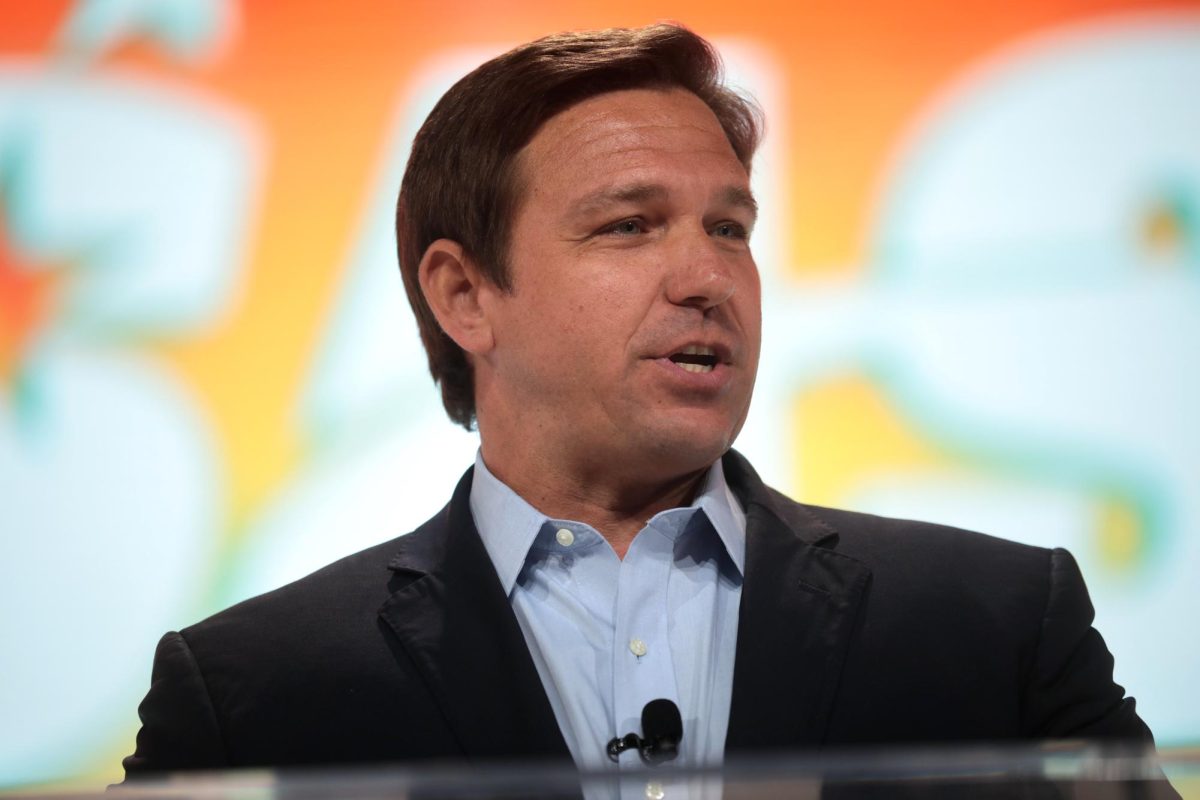
Benjamin Joffe is a freshman political science major.
Those in positions of authority have battled LGBTQ rights and representation at every turn in American history. Whether it be to prevent equal representation in the workplace or to block adoption and marriage rights, hateful legislation passed on all levels of government demonizes and diminishes LGBTQ people.
Rhetoric promoting this discrimination is still heard within the chambers of Congress. When the Equality Act, aimed at preventing discrimination based on gender orientation and identity in employment, housing and education passed in the House on Feb. 25, 206 representatives voted against the bill. Representative Marjorie Taylor Greene called it “disgusting, immoral and evil” and “a direct attack against God’s creation.” Unfortunately, this type of legislative assault has been historically successful in preventing LGBTQ service in the military.
LGBTQ people serving in the military display unparalleled valor, integrity and bravery, and deserve the same recognition given to straight and cisgender service members. The stigma surrounding LGBTQ military service has had a profound effect in shaping our military and we desperately need legislation to create an overhaul and promote full integration.
In the LGBT Military Index, which measures levels of LGBTQ inclusion, exclusion and tolerance in militaries around the world, the United States ranks 40th, which is justified, considering the history of anti-LGBTQ policies within the U.S. military.
Anti-gay laws have existed in the U.S. military since the Revolutionary War, but when the Articles of War were passed in 1916 to reform many parts of the military, they included an article that labeled homosexuality as assault and a punishable offense in a military court. Then, in 1942, the Army outlined the exclusion of homosexuality based on “psychopathic personality disorders.”
These laws set the precedent for LBGTQ exclusion in the military for decades. However in 1993, President Bill Clinton established the Don’t Ask, Don’t Tell policy, which allowed gay, lesbian and bisexual enlistment as long as sexual orientation is not discussed or openly declared. While this policy redefined the precedent, it still promoted prejudice as exclusions and dismissals were widespread.
By 2008, nearly 12,000 officers were discharged due to this law. It would not be until 2011 that the law would be repealed and allow openly gay, lesbian and bisexual service members into the military. However, this did not mean full integration.
In 1963, transgender military service was banned outright due to the standards of military fitness; any gender transitioned or transitioning individual was deemed unfit to serve. In 2016, this policy was repealed, but one year later, President Donald Trump announced that transgender people would not be allowed to serve. This ban would stay in effect until 2021, when President Biden repealed the ban.
There are many potential policies that can address these issues, and since the military has a $934 billion budget, reallocation of funding would not be a problem. For instance, transgender service members should be able to receive Medical Transition Treatment that would be covered by military health insurance. Funding should be allocated to improve education and training programs in the armed forces to instill greater values of inclusion. Improved committees and military courts would provide greater oversight in protecting LGBTQ rights.
While history has shown us that progress takes time and is faced with constant resistance, now is the time to create lasting changes. President Joe Biden can coordinate with Congress, both houses of which are controlled by a Democrat majority, to pass progressive bills for military restructure.
Biden can also use executive orders and directives to change policy within the Department of Defense, as the president is also the commander-in-chief of all military branches.
Trump has shown us that all it takes to challenge decades of progress are the actions of one administration, which is why it is imperative to create laws that are set in stone as legislative precedent.
The Supreme Court also has a conservative majority with the recent appointment of Amy Coney Barrett, putting the future of LGBTQ military service in peril if taken to trial.
If a case is taken to the Supreme Court to challenge a conservative law or order, such as the transgender military ban, it is more likely to be maintained or outright dismissed by a conservative court. This was previously seen in 2019 when the Supreme Court allowed the transgender military ban to persist.
This indicates that the best way to improve military integration would be with breakthrough legislation, rather than through the courts, as reforms through court decisions could take decades. For instance, it was only in 1954 that the Supreme Court began the rollback of segregation with its ruling in Brown v. Board, 58 years after its ruling to uphold segregation in Plessy v. Ferguson.
On top of legislative changes, activism and social awareness campaigns can also inform people of the history of injustices faced by LGBTQ service members. Additionally, the display of pride, whether through parades or on social media, can make all members of the LGBTQ community feel the acceptance and love they deserve.
Continuing to campaign for these changes is the best way to bring them to actuality. It must be made clear that treating all of its service members with dignity is the only way that the military can uphold its own values of loyalty, respect, honor and integrity.
























